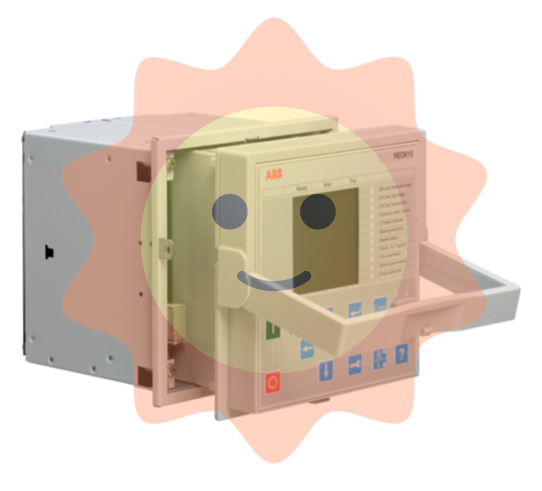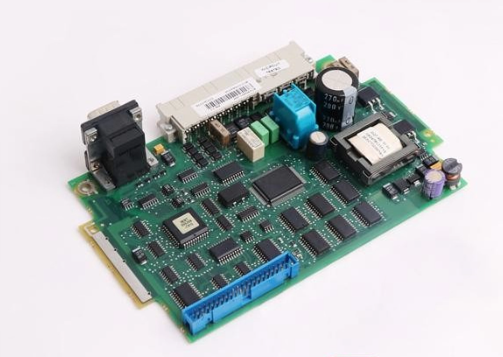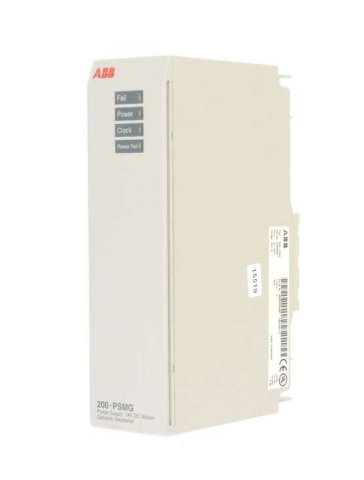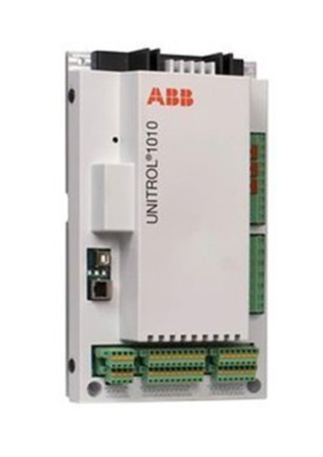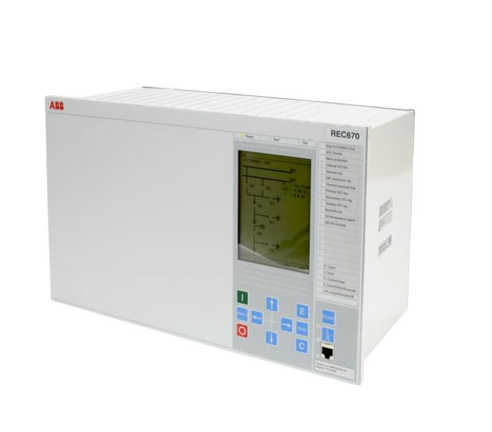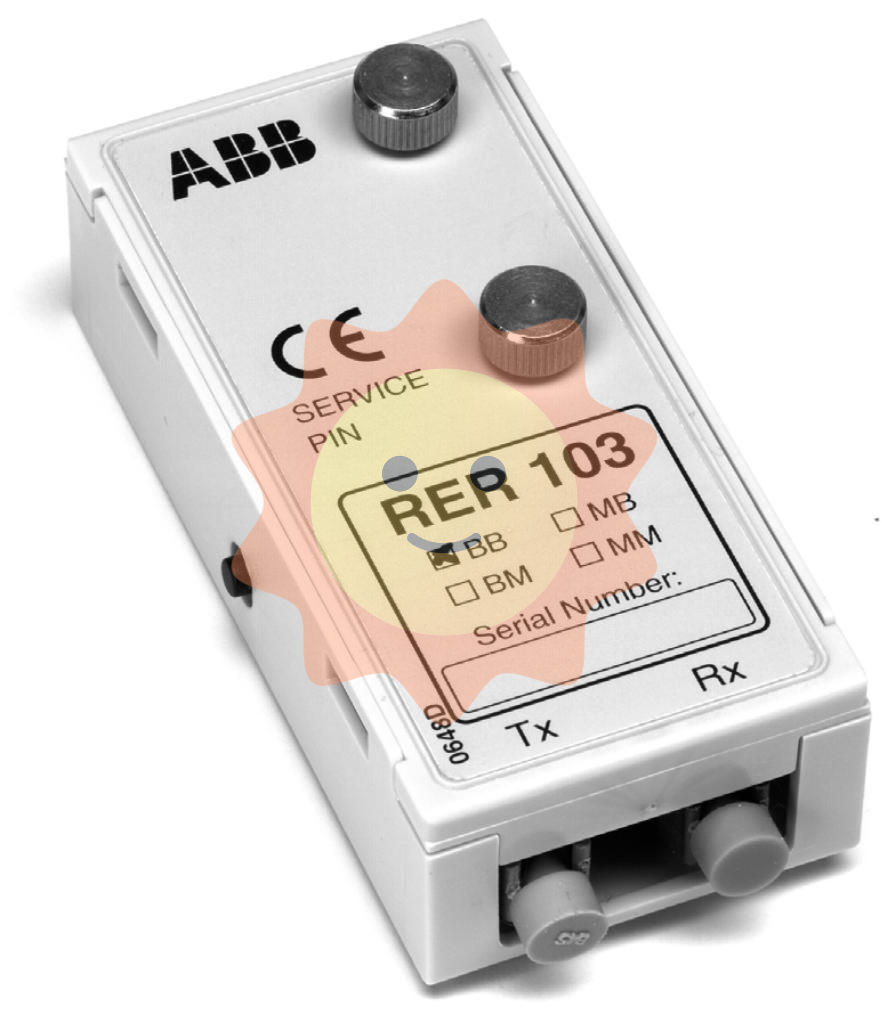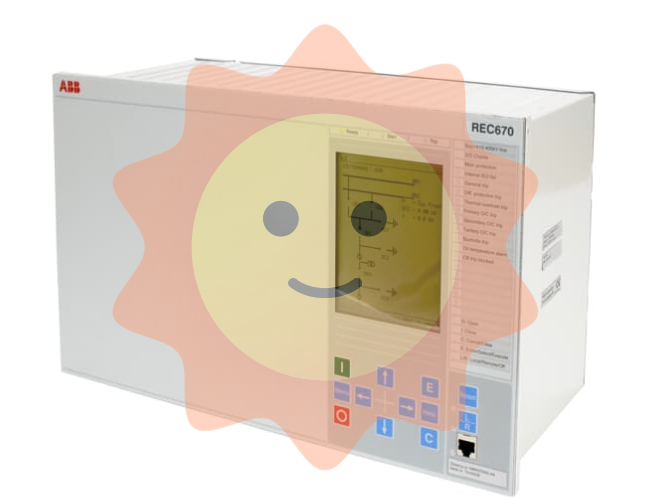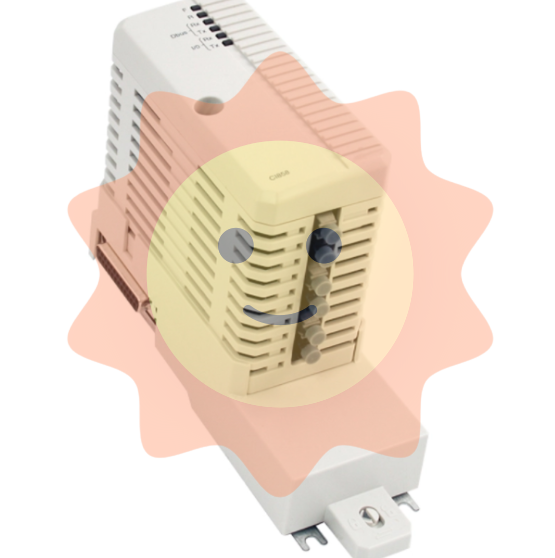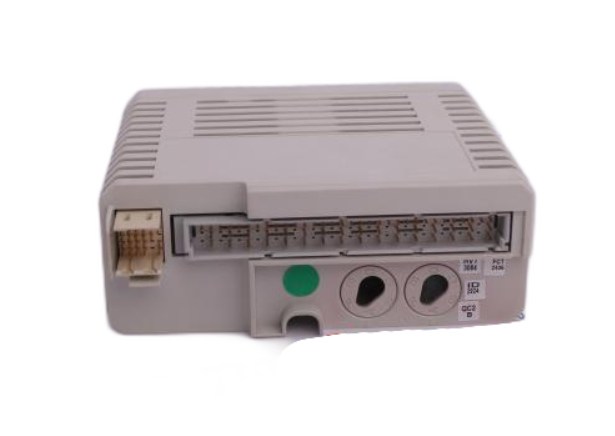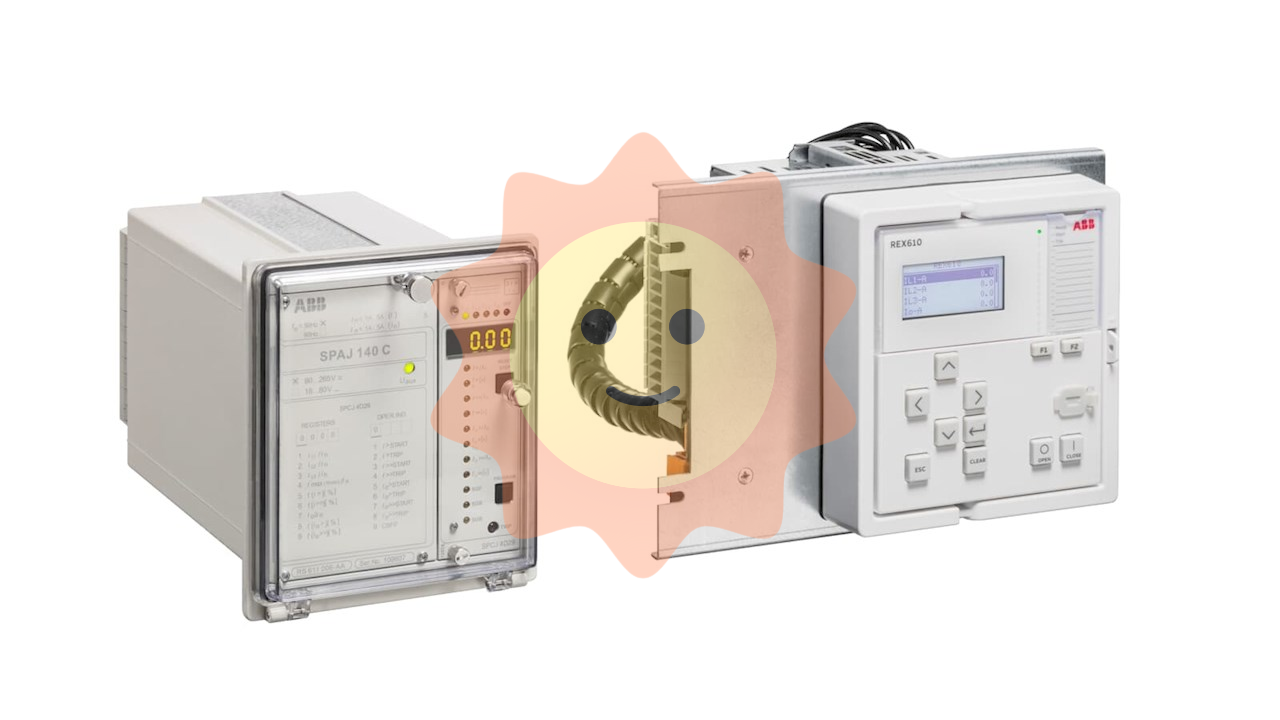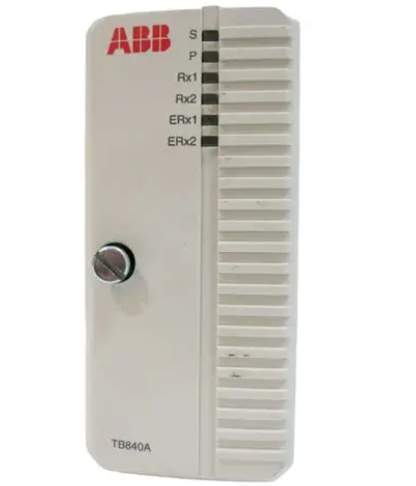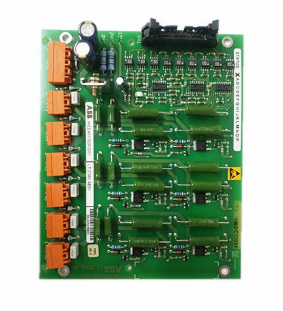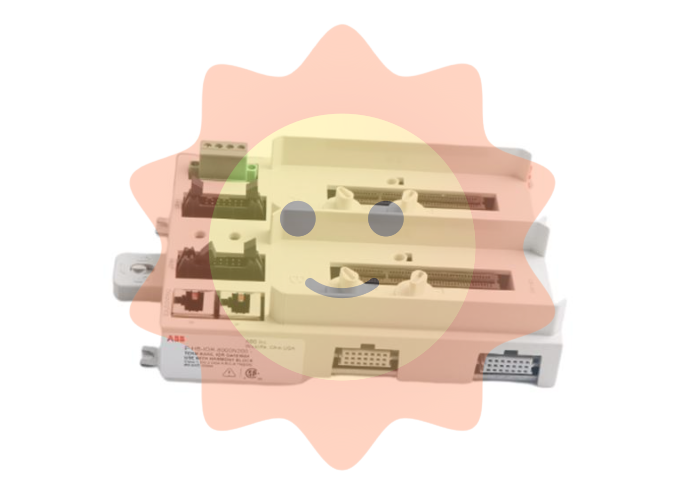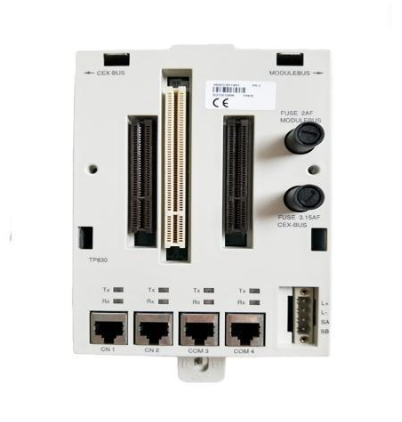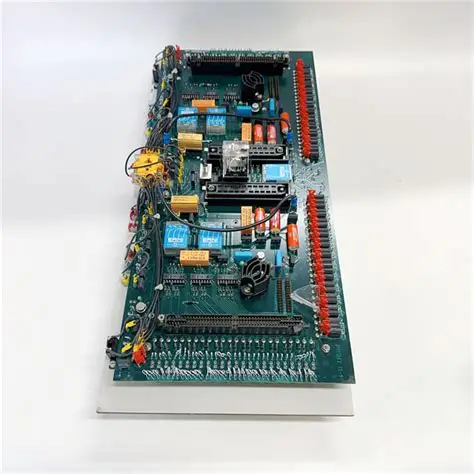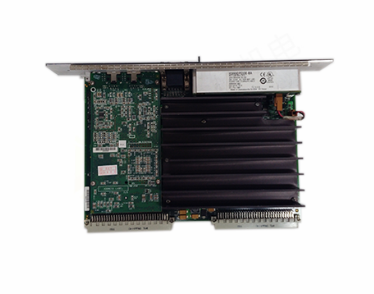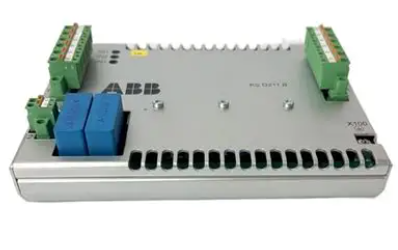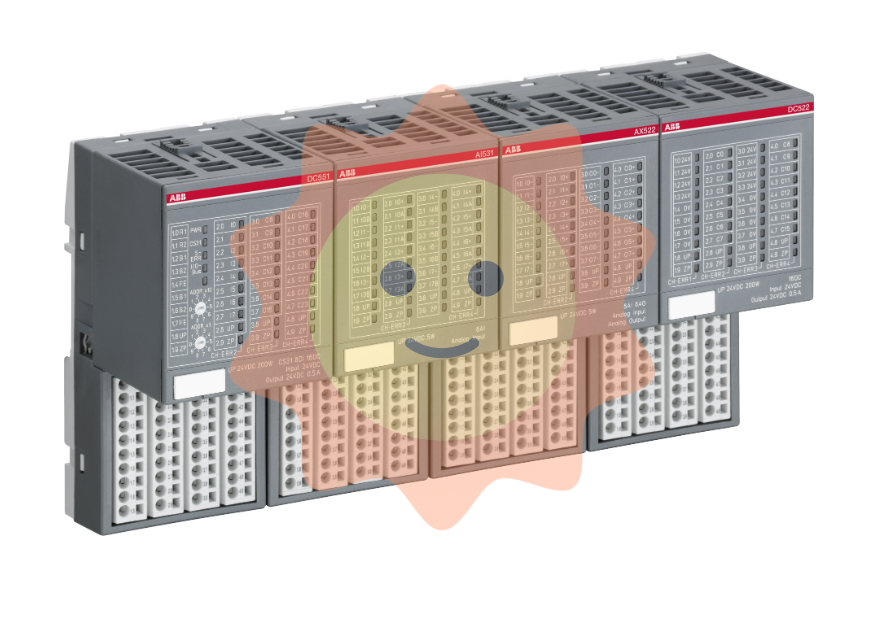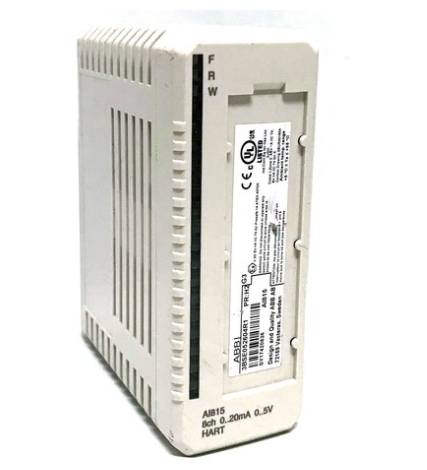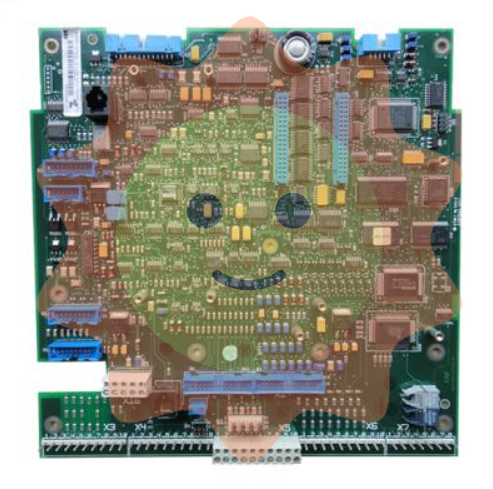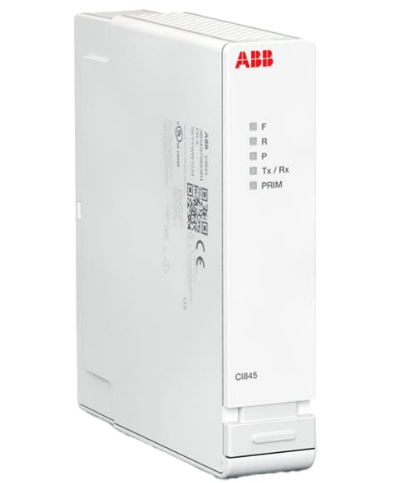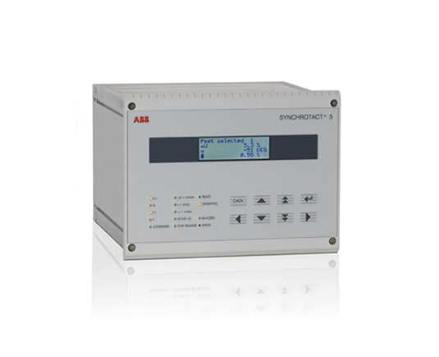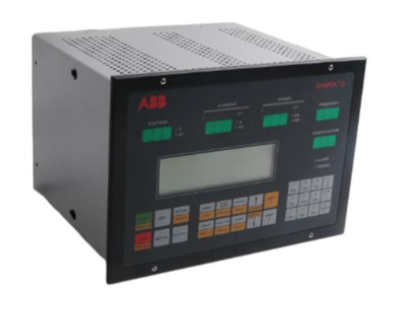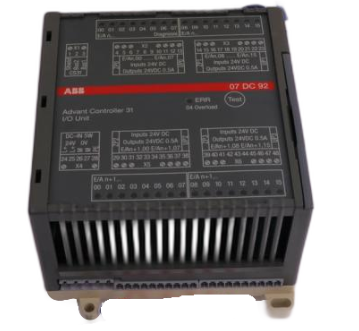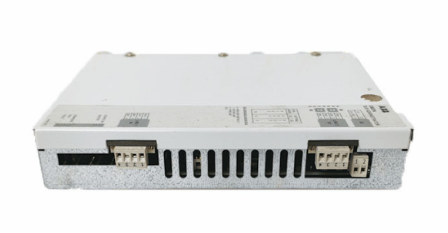ABB YPK112A - Advanced Industrial Control Module
(4) Daily operation and maintenance
During the operation of the module, regularly check the status of the LED indicator lights, communication connections, and device operating parameters to promptly detect and handle any abnormalities. Clean the module according to the prescribed maintenance cycle, remove surface dust, check for loose electrical connections, and ensure that the module is always in good operating condition. At the same time, properly store the module's user manual, programming files, and other related materials for troubleshooting and technical support when needed.
Application scenarios
(1) Power system automation
In power plants, it is used to control the operating parameters of the generator set, such as speed, voltage, frequency, etc., to ensure stable and efficient power generation process. In substations, remote control and status monitoring of power equipment such as circuit breakers and isolation switches can be achieved, as well as real-time acquisition and adjustment of parameters such as voltage, current, and power of the power system, ensuring the reliability of power supply and power quality.
(2) Chemical production process control
In chemical production, precise control of key process parameters such as temperature, pressure, and flow rate of the reaction vessel ensures that chemical reactions occur under optimal conditions, improving product quality and production efficiency. At the same time, automation control is carried out on material transportation, mixing, separation, distillation and other links in the chemical production process to achieve safe, stable and efficient operation of the production process and reduce manual operation risks.
(3) Intelligent manufacturing in the metallurgical industry
Applied to metallurgical production lines to achieve automated control of production processes such as blast furnace ironmaking, converter steelmaking, and continuous casting and rolling. By precisely controlling parameters such as temperature, speed, and tension, the quality and production efficiency of metal products can be improved, energy consumption and raw material waste can be reduced, and the metallurgical industry can be promoted towards intelligent and green development.
(4) Manufacturing automation production line
In automated production lines such as automobile manufacturing and electronic equipment manufacturing, controlling the collaborative work of robotic arms, conveyor belts, processing equipment, testing equipment, etc., achieves automation and intelligence of product assembly, processing, testing and other processes. Improve production accuracy and efficiency, reduce production costs, and meet large-scale, high-quality production needs.
(5) Food, Beverage, and Pharmaceutical Industries
In the food, beverage, and pharmaceutical industries, strict control of temperature, humidity, pressure, cleanliness, and other parameters during the production process is implemented to ensure that products meet quality and hygiene standards. Real time monitoring and control of the operating status of production equipment, achieving automation and standardization of the production process, ensuring product quality and safety, and improving production efficiency.
- EMERSON
- Honeywell
- CTI
- Rolls-Royce
- General Electric
- Woodward
- Yaskawa
- xYCOM
- Motorola
- Siemens
- Rockwell
- ABB
- B&R
- HIMA
- Construction site
- electricity
- Automobile market
- PLC
- DCS
- Motor drivers
- VSD
- Implications
- cement
- CO2
- CEM
- methane
- Artificial intelligence
- Titanic
- Solar energy
- Hydrogen fuel cell
- Hydrogen and fuel cells
- Hydrogen and oxygen fuel cells
- tyre
- Chemical fiber
- dynamo
- corpuscle
- Pulp and paper
- printing
- fossil
- FANUC
- Food and beverage
- Life science
- Sewage treatment
- Personal care
- electricity
- boats
- infrastructure
- Automobile industry
- metallurgy
- Nuclear power generation
- Geothermal power generation
- Water and wastewater
- Infrastructure construction
- Mine hazard
- steel
- papermaking
- Natural gas industry
- Infrastructure construction
- Power and energy
- Rubber and plastic
- Renewable energy
- pharmacy
- mining
- Plastic industry
- Schneider
- Kongsberg
- NI
- Wind energy
- International petroleum
- International new energy network
- gas
- WATLOW
- ProSoft
- SEW
- wind
- ADVANCED
- Reliance
- YOKOGAWA
- TRICONEX
- FOXBORO
- METSO
- MAN
- Advantest
- ADVANCED
- ALSTOM
- Control Wave
- AB
- AMAT
- STUDER
- KONGSBERG
- MOTOROLA
- DANAHER MOTION
- Bently
- Galil
- EATON
- MOLEX
- Triconex
- DEIF
- B&W
- ZYGO
- Aerotech
- DANFOSS
- KOLLMORGEN
- Beijer
- Endress+Hauser
- MOOG
- KB
- Moxa
- Rexroth
- YAMAHA


Email:wang@kongjiangauto.com








































































